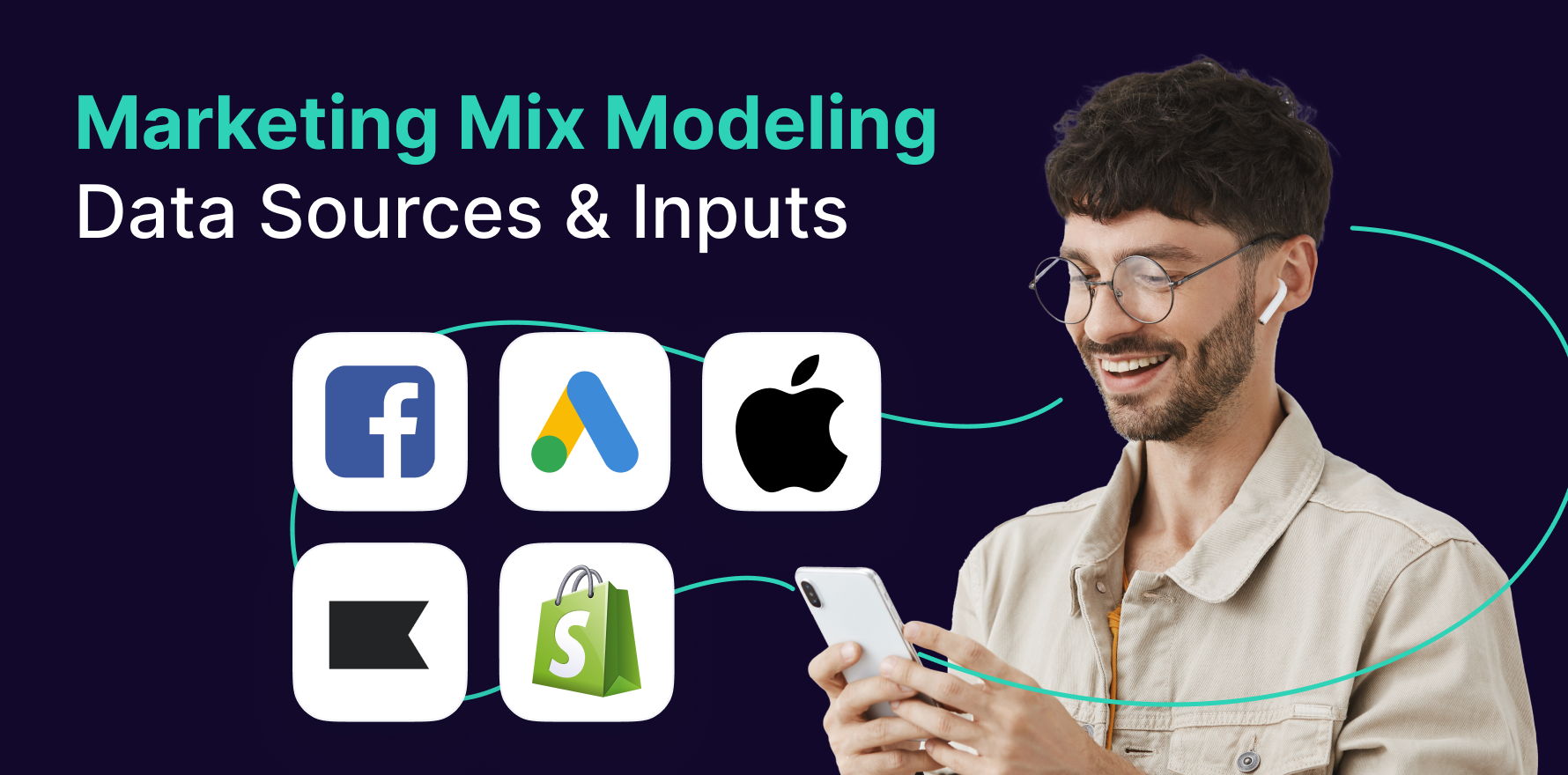What is Shares per post?
Shares per post is one of the most powerful signals of engagement on social media. Shares indicate that your content is interesting to the customer. That if it resonates with them, they will spread the word and potentially bring in more customers. To track this, you need to be able to measure how your content resonates with your customer base. To do this, you can use the ‘Shares per Post’ metric. This metric measures the total number of times each post has been shared divided by the total number of posts in a given period.
Formula
Shares per Post = Total shares / Total posts in period
Example
If you have 1000 shares for all of your posts in a given month and 50 posts, your calculating would look like this:
1000 / 50 = 20
Your shares per post would be 20.
Why is Shares per post important?
- Monitoring shares helps you keep track of how each post resonates with your customer base. It’s an invaluable measurement that helps you understand how well your content is resonating and which posts are working best.
- You can use Shares to determine which pieces of content resonate best with followers and use that knowledge to inform future content strategies. If certain types of content generate more shares than others, you can use that to inform what types of content to produce in the future.
- The more shares your posts get, the more likely they are to reach new customers. Knowing which posts get shared also helps you determine which customers are your most loyal and vocal followers.
Which factors impact Shares per post?
- In order to improve your Shares per Post, you need to focus on producing content that is interesting, informative, and engaging. You need to make sure that your content is relevant and up-to-date with the latest news and trends in your industry, and that you include visuals and multimedia to make sure you’re catching users’ attention.
- Additionally, it’s important to focus on creating content that grabs attention and encourages users to share by offering incentives and rewards. You can also use hashtags and include calls to action that encourage users to share your post.
How can Shares per post be improved?
- The most important factor that impacts share rate is the quality of your content. If your content isn’t interesting and engaging, then users won’t share it. Your content needs to be relevant to your customers and capture their attention.
- In addition, the timing of your posts can make a big difference — as can the platforms you’re using and what you’re sharing. Make sure you’re sharing content across multiple platforms and at the optimal times for maximum reach and engagement.
What is Shares per post’s relationship with other metrics?
- The Shares per Post metric is closely related to other ecommerce metrics like Reach and Engagement. As the number of shares increases, so does the reach and engagement on each post. This, in turn, increases brand awareness and drives more traffic to your website or store.
- The Shares per Post metric is also closely related to Conversion Rate. As the reach and engagement of a post increases, so too does the likelihood of conversion. This means that if your Shares per Post is higher, then you’re more likely to see an increase in conversions.
Free essential resources for success
Discover more from Lifesight
























































